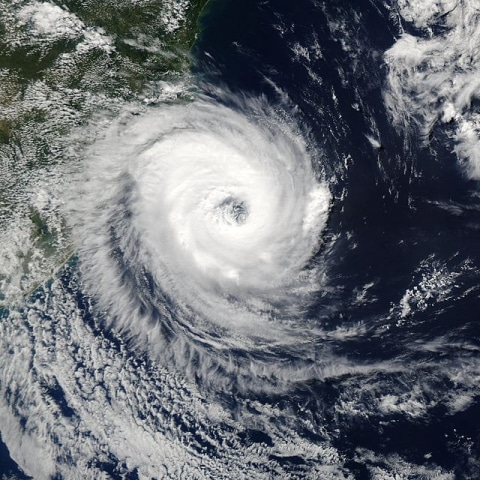Extreme weather anomalies are increasing more than the global average temperature, shows new research by the University of East Anglia (UEA), University of Delaware and Indiana University.
“Trends in extreme heat and cold are important because they have a large impact on water supplies, agriculture productivity and other factors related to human health and wellbeing,” said Professor Phil Jones from UEA’s climatic research unit.
“Average temperatures don’t tell us everything we need to know about climate change,” he continued. “Arguably, these cold extremes and warm extremes are the most important factors for human society.”
Warm Anomalies
The study shows that over the past 30 years warm anomalies have increased faster than cold anomalies.
The findings come a week after data from the Met Office predicted that 2014 will be the warmest year both globally and in the UK.
Using monthly average temperatures from different points across the globe, the researchers determined spatial patterns of changes in extremes; this was done using temperature records from 1881 to 2013 from the global HadCRUT4 data set.
Not everything can be explained by simply analysing the global average temperature argued Jones. It’s like salaries, he said. Some people may receive the average wage but far more do not.
“The average global temperature is exactly what it says – the average of everywhere at the planet’s surface,” he told DeSmog UK.
“Extremes are what impact people, from heatwaves in summer to cold Arctic blasts in the winter. They are all regional-to-local scale.”
“Reconciling local and global scale changes is difficult. Some places appear to follow the global average for short periods but not always,” he continued.
For example, as the Met study shows, both the global average and British temperatures have been high this year.
On the other hand, America has seen a couple of very cold winters recently. “It’s been one of the few areas that’s been colder than normal, mostly everywhere’s been warmer,” said Jones, who points out that the US only makes up 2 per cent of the Earth’s surface.
“People put too much emphasis on the global average, and they also put too much emphasis on the temperatures where they live… The issue is you can’t understand global warming without looking at temperatures everywhere. You can’t just look at them in one place.”
Northern Hemisphere
The study found that temperatures are considerably more volatile in the northern hemisphere compared to the southern hemisphere. This is because there is more land mass in the north, which causes greater variability.
Looking at temperature anomalies during the pause in global warming, which scientists have observed since 1998, the researchers found that warming has in fact continued for most locations on the planet.
However, average warming has been offset by strong cooling during winter months – January and February – in the northern hemisphere.
“There really hasn’t been a pause in global warming,” said lead researcher, Professor Scott Robeson from Indiana University in the US. “There has been a pause in northern hemisphere winter warming.”
Photo: Juliancolton via Wikimedia
Subscribe to our newsletter
Stay up to date with DeSmog news and alerts







